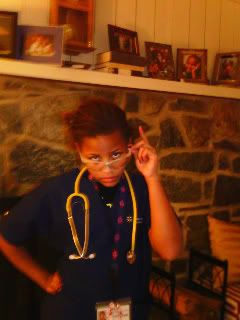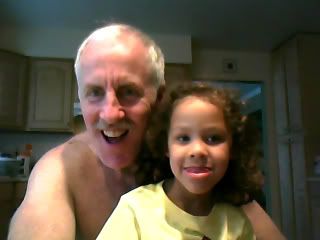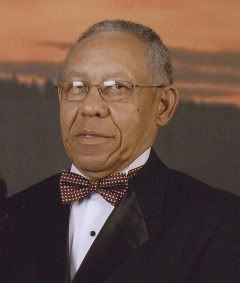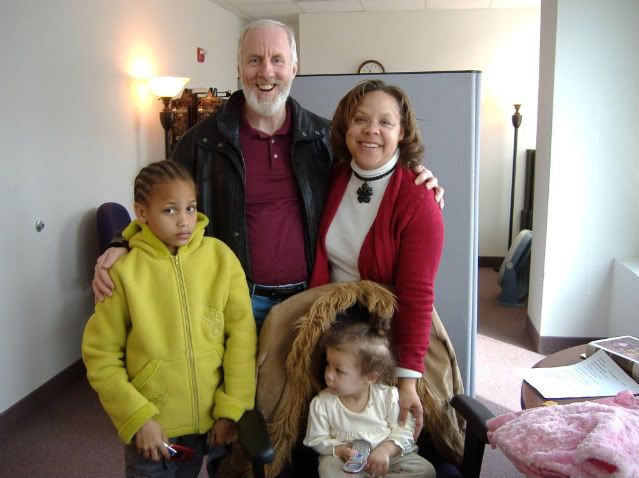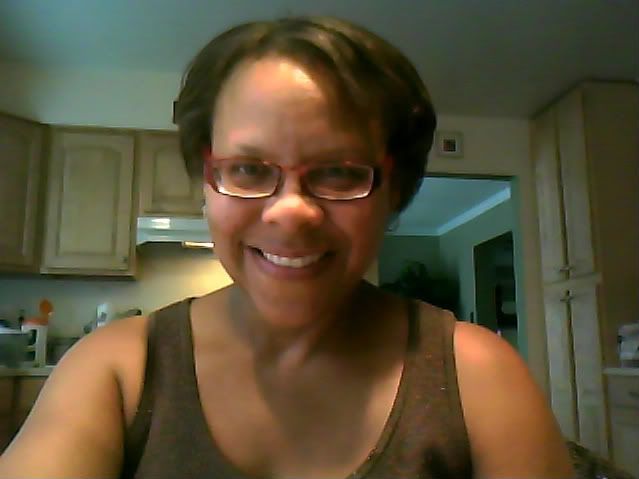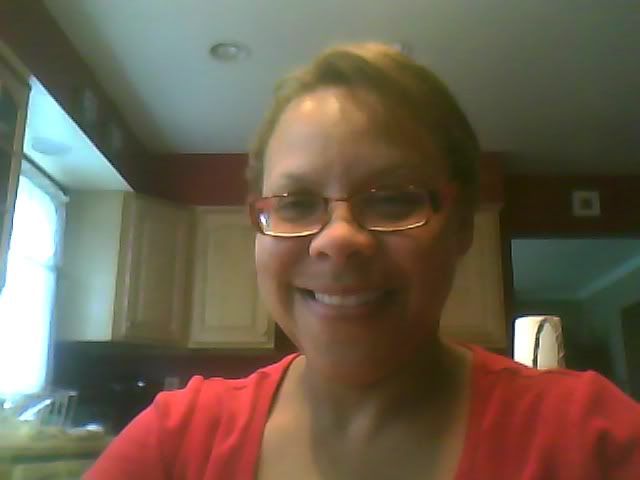Suddenly, it seems my life is filled with interracial couples and their mixed children.
My friend Susan's family is the most like mine. She too, was married before her current partner and has a now teen-aged daughter from that relationship who is white, not mixed and who lives with Susan and her current husband. Her current husband has a teenaged daughter from a prior relationship, too—she is black. And together they have Layanna, who is six. Over the summers, his daughter joins their family: black dad, white mom, white daughter, black daughter, mixed daughter. Instant mixed and blended family.
You might think that this would be a recipe for all kinds of conflict—and it sometimes is, but not in the way you might expect.
The conflicts, to the extent they exist, come as the teens struggle to accept the authority of step-parents-- and between the two teenagers who are not related by any blood tie-- than from any other issue.
In a way, I'm not surprised. Where we live—Montgomery County, Maryland— a suburb of Washington, D.C.--is one of the most diverse regions of the United States. Our town boasts a population that identifies itself as 43% white, 18% black, 21% Latino, 15% Asian and 3% of other racial/ethnic groups. When we go out as family here, we rarely feel anyone pays us any special notice. There are so many families of so many cultures and mixes of ethnicities that we merit barely more than a glance. Our family's racial composition may be a little unusual, but it's nothing folks around here haven't seen before. In fact, these days we're more likely to get special notice from a family that looks LIKE OURS, than one that doesn't.
Just last night, Kevin and I took the girls out for dinner and ran into a couple with their children. We didn't know them at all, but the mother said hello, and the father said hello and the kids said hello before we all headed in our separate directions. The reason for all these "hellos"? She was black, he was white, the kids looked like Lil Bit. Just one moment like that is a nice thing. But when we got the restaurant, we were seated near another black-white couple, who also gave us the smile and nod as we passed them.
In the 1990s, Montclair New Jersey was crowned as a mecca for interracial couples by Interrace Magazine, a publication aimed at interracial couples that I don't think is in existence any longer. Since the Interrace poll, I don't know of any more recent polls, but the recent Pew Research study found that other areas are catching up. Specifically, the study found that among all new marriages in 2008, 22% in the West were interracial, compared to only 13% in both the East and South and 11% in the Midwest. Since the same study also found that Americans are marrying interracially at the highest rates ever, I expect more and more communities to become so diverse that none of us pay much attention to the colors any more.
The sheer numbers of multi-racial and multi-ethnic couples in our community creates a feeling of solidarity that is particularly helpful for our children. That we ended up living where we do wasn't exactly planned— I grew up in neighborhood Fairfax County, Virginia, an equally diverse part of the world, and Kevin has made the Washington area his home for the past 30 years—but we stumbled into our community quite by chance. I didn't do a demographic search to test its diversity: we just bought the house we liked/could afford. We were lucky.
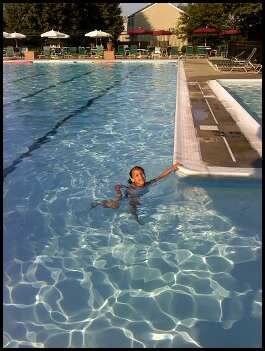
If for some reason, however, we decided to move, I'd definitely do my best to determine a community's diversity before settling there. Most communities have a website that includes at least some demographic information on its residents. While most won't break down the number of interracial families, a solid balance of ethnicities provides the raw material to do our own calculations. Since we're all marrying each other, and most of us have children… well, the math's not that hard.
Fortunately, that move is not in our future. Instead, Lil Bit will keep playing with her little biracial friends until they all go to school together in the fall. I'm certain she will meet all kinds of children whose parents look different on the outside at school—and there is strength, power and protection in those numbers and in the familiarity and ease they create for the community as a whole.

